Spirited News 03/2021 – Clairin Tasting
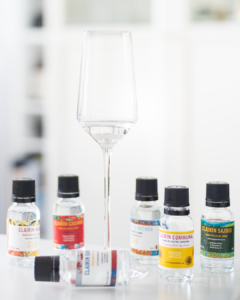
I have already written about Clairin here on the blog. Basically, they are domestic distillates from Haiti made out of sugarcane. The producers mostly use sugarcane juice, but sometimes also a sugarcane syrup. Apart from that, almost every production step is done by hand and combined with the different local sugarcane varieties are the reason for the great flavour spectrum. For the launch of the new Clairin Sonson Kirsch-Whisky and Velier organized an online-tasting I was very happy to join.

Besides the aforementioned very limited use of equipment and the local sugarcane varieties, another characteristic of Clairin is its spontaneous fermentation. Moreover, Clairin also is neither filtered after distillation or bottling nor diluted with water. All in all, we tasted six different Clairins, five single estate bottlings and the Clairin Communal a blend of Clairin Vaval from Cavaillon, Clairin Casimir from Barraderes, Clairin Le Rocher from Pignon and Clairin Sajous from Saint Michel de l’Attalaye.

Clairin Sajous
The Sajous uses Java sugarcane grown on a 30-hectare estate. Michel Sajous ferments the raw sugarcane juice for seven to ten days with wild yeast. Afterwards, Michel Sajous distils the mash twice on a pot-still. The Clairin has an alcohol by volume of 56,4 % ABV.
Overripe fruits!

The Sajous was and still is my favourite among all the Clairins. While it has powerful overripe fruit and glue notes, the rhum at the same time manages to be more delicate than the others. Apart from that, the rhum also carries a lot of sugarcane notes, which sometimes take a turn to a vegetal or petrol-like direction.
Clairin Vaval
The Clairin Vaval uses organically grown blue sugarcane. After the harvest by hand, Fritz Vaval distils the rhum in Cavaillon on an old column still with leather trays and a condenser made from old petrol cans. Fritz Vaval bottles his rhum at still-strength with an ABV of 49,3 %.
Mediterranean bread sticks

The Vaval, although it has less alcohol, at the same time takes more time getting used to. In my opinion, it comes with a lot of Parmesan, dried tomatoes and Mediterranean herbs. Add to this a slight yeast note and the rhum tastes like Mediterranean bread sticks.
Clairin Casimir
Faubert Casimir produces Clairin in the second generation. He uses white and red sugarcane varieties and adds citronella leaves, cinnamon, or in some batches ginger during fermentation. Faubert Casimir bottles his Clairin at 49,5 % ABV.
The Mezcal of Clairin

The Casimir Clairin surprised me a bit with notes ranging between Mezcal and a ginger spirit. Yet, a clear sugarcane juice note lies underneath it all. At least in my opinion, you notice the different additions to the mash in the final rhum. In this case, I tasted a slight cinnamon and a distinct hot ginger note.
Clairin Le Rocher
Contrary to the other Clairins, the Clairin Le Rocher from Pignon is distilled from a fermented sugarcane syrup. Romulus Bethel cooks the syrup from three different local sugar cane varieties. On top of that, 30 % remainder from the previous distillation runs are added during fermentation. The distillation takes place on a small discontinuous pot-still. The Le Rocher has a strength of 47,2 % ABV.
Even more Mezcal notes
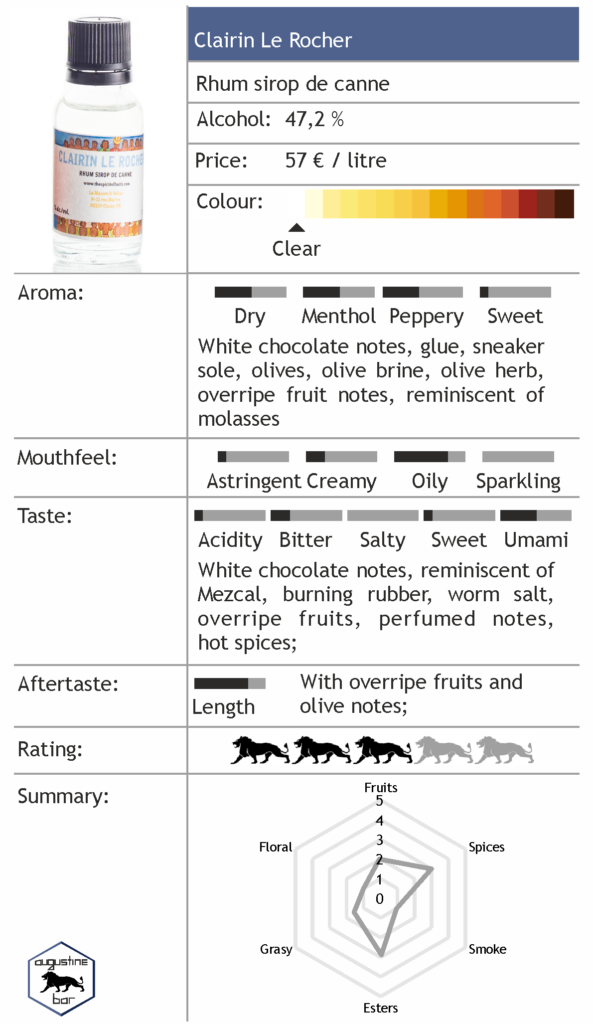
The Le Rocher tastes even more Mezcal like than the Casimir. However, apart from a certain smokiness and a lot of glue notes, you can also taste white chocolate and a lot of olive notes. This was quite interesting to taste.
Clairin Communal
The Communal is blended directly in Haiti. Moreover, the different proportions of the individual blends vary to achieve a consistent quality and flavour profile. If you just want to tip your toe in the water of Clairin this might be the perfect starting point for that.
Mellow sugarcane
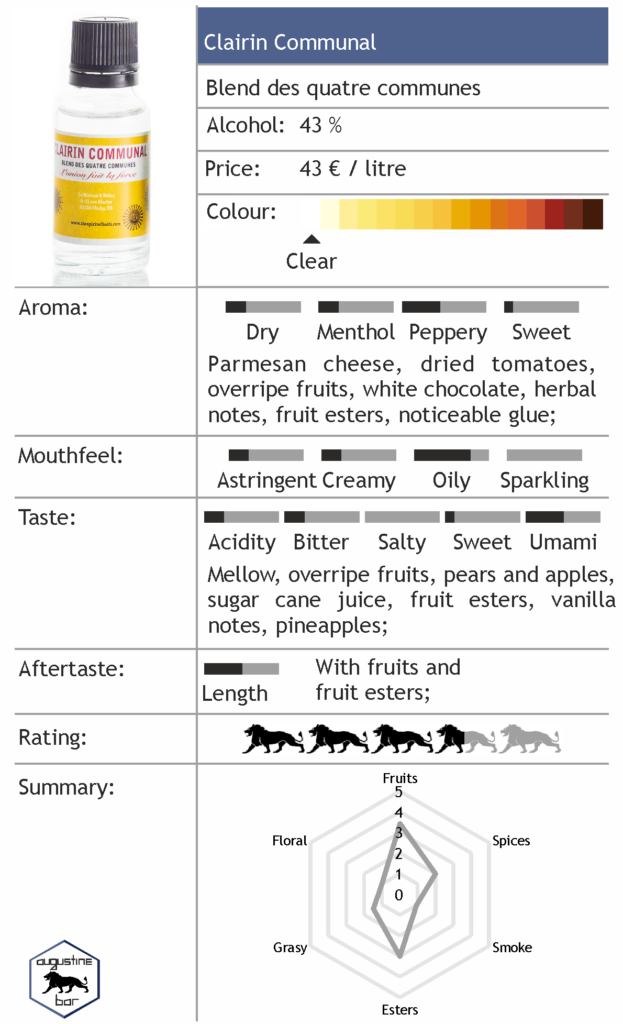
Indeed, the Communal has the most mellow flavour of the six Clairins in the tasting. You also can make out the individual Clairins in the mix, with the Vaval dominating the aroma and the pronounced notes of the Sajous as well as the Le Rocher in the flavour. For me this really is the perfect starting point for exploring Clairin, if you do not want to buy a bunch of bottles.
Clairin Sonson
Stephan Kalil Saoud makes the new Sonson Clairin bottling in Cabaret. He uses Madame Meuze sugarcane and cooks a sugarcane syrup from the juice. After fermentation, the distillation takes place on a pot-still. The Sonson has a still-strength of 52,3 % ABV.
Fruits esters and umami notes
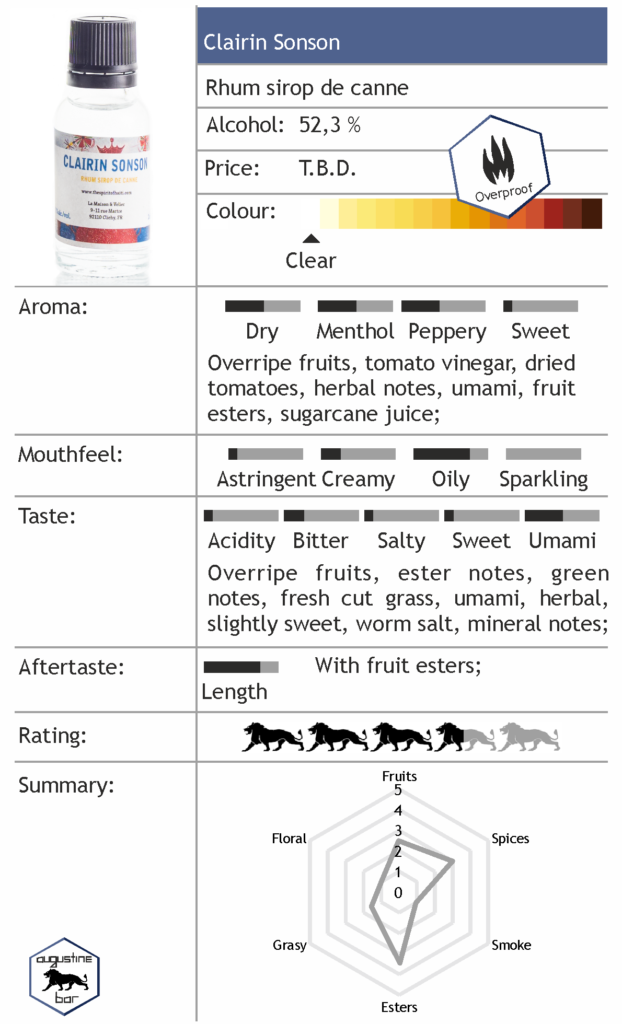
The Sonson tastes kind of like a combination of the Le Rocher and the Vaval. You get a lot of umami notes, but they tend more towards tomatoes instead of olives. Additionally, you can also find quite a bunch of fruity notes and a certain glue like characteristic.
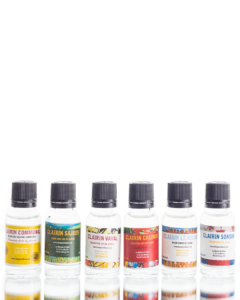
All in all, this was a very interesting tasting taking us on a trip to a (at the moment) far away island. While I enjoyed trying all six Clairins, I have three clear favourites. The Casimir was the most surprising for me, the Communal the most balanced and taste wise I enjoyed the Sajous the most. I am looking forward to further experimenting with the Clairins and I now have a deeper understanding concerning the differences between Clairin and Rhum Agricole.
*The fact that I received a product reviewed in this article for free, did not – in any way – influence the rating of said product. The Clairin was provided by Kirsch Whisky.



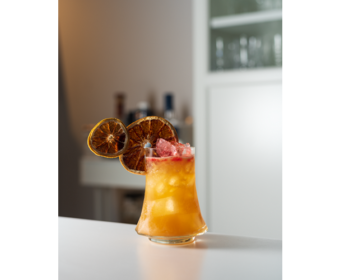
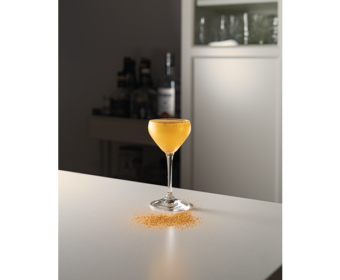
How would you describe the differences between Clairin and Rhum Agricole?
(I have a bottle of the Clairin Sajous and love it; I had a mediocre bottle of Clement VSOP aged agricole; and I’m about to buy a bottle of Rhum Agricole Blanc from Duquesne. So I’m new to the sugarcane spirit category and curious how it breaks down into categories and characteristics.)
Hi Alex, Clairin is more complex than regular white rhum agricole. However, at the same time it comes across as more “unrefinded” due to its more basic distillation process.
I can understand that the Clement V.S.O.P can come across as a bit “boring”, but it makes great cocktails, e.g. Mai Tais. The Duqesenne is said to have a great value for money, but of course there are better ones out there. The Saint James Fleur de Canne still is my favourite. 😉